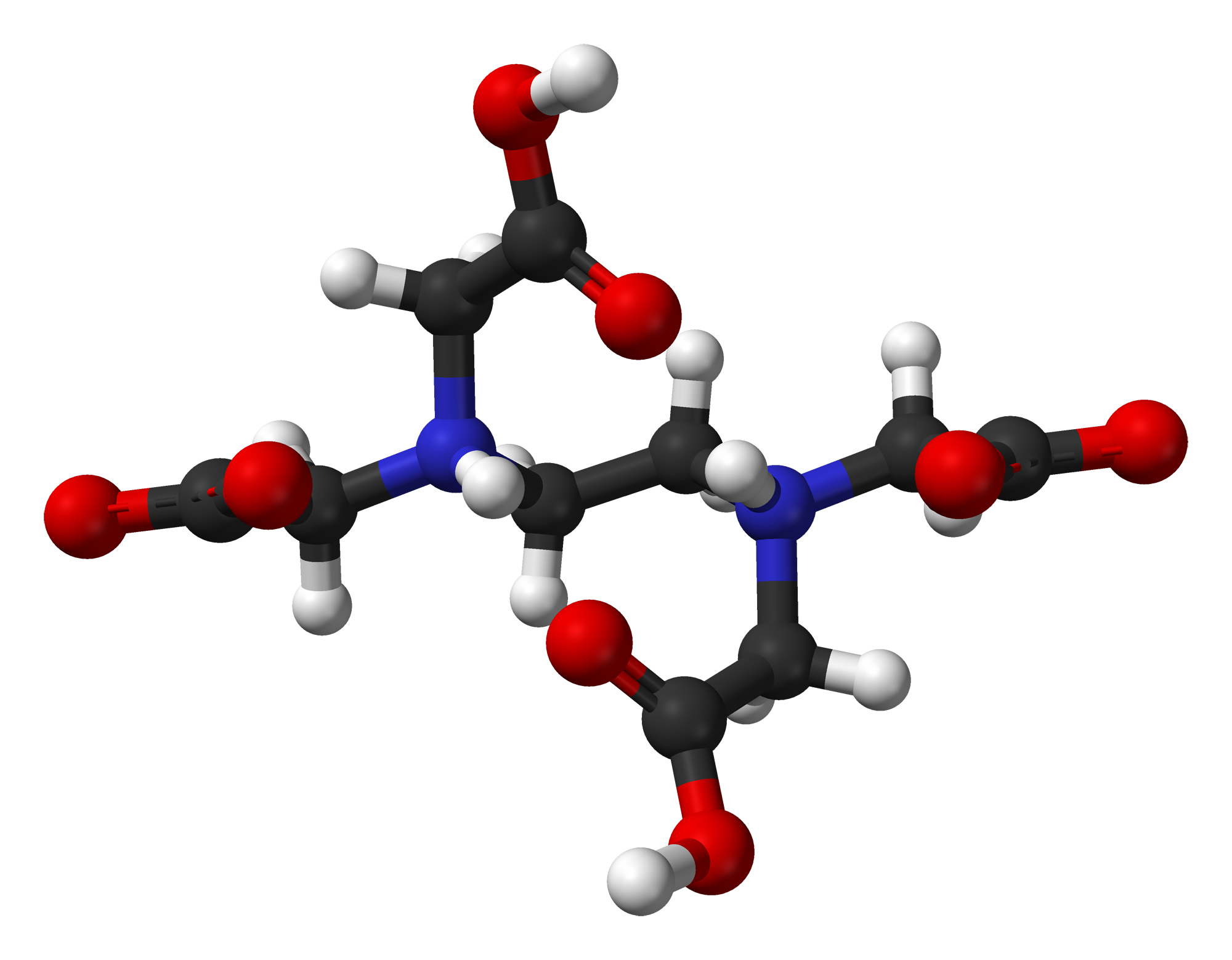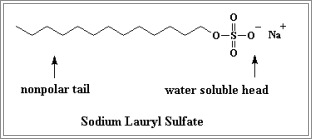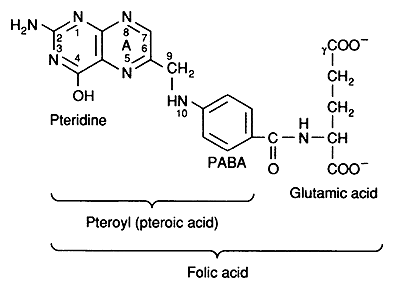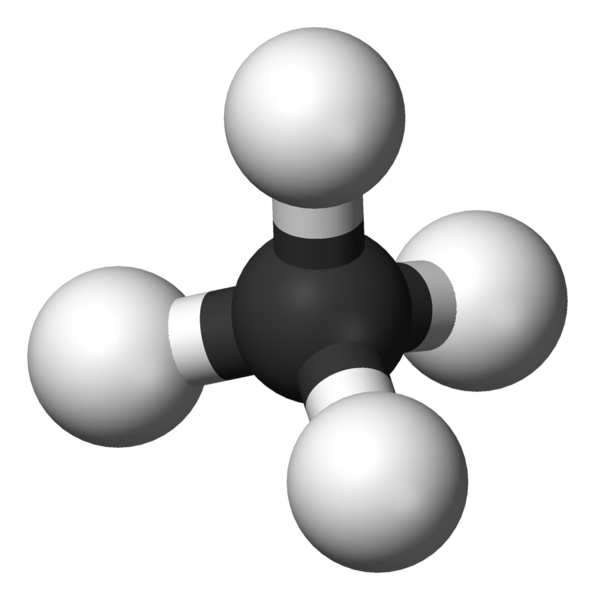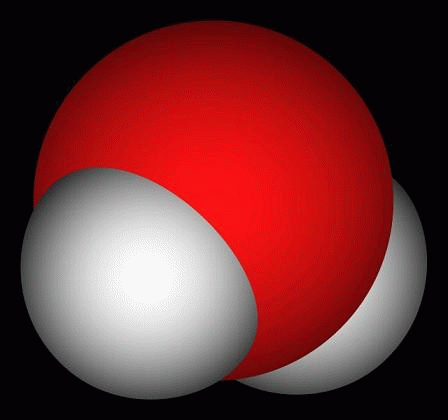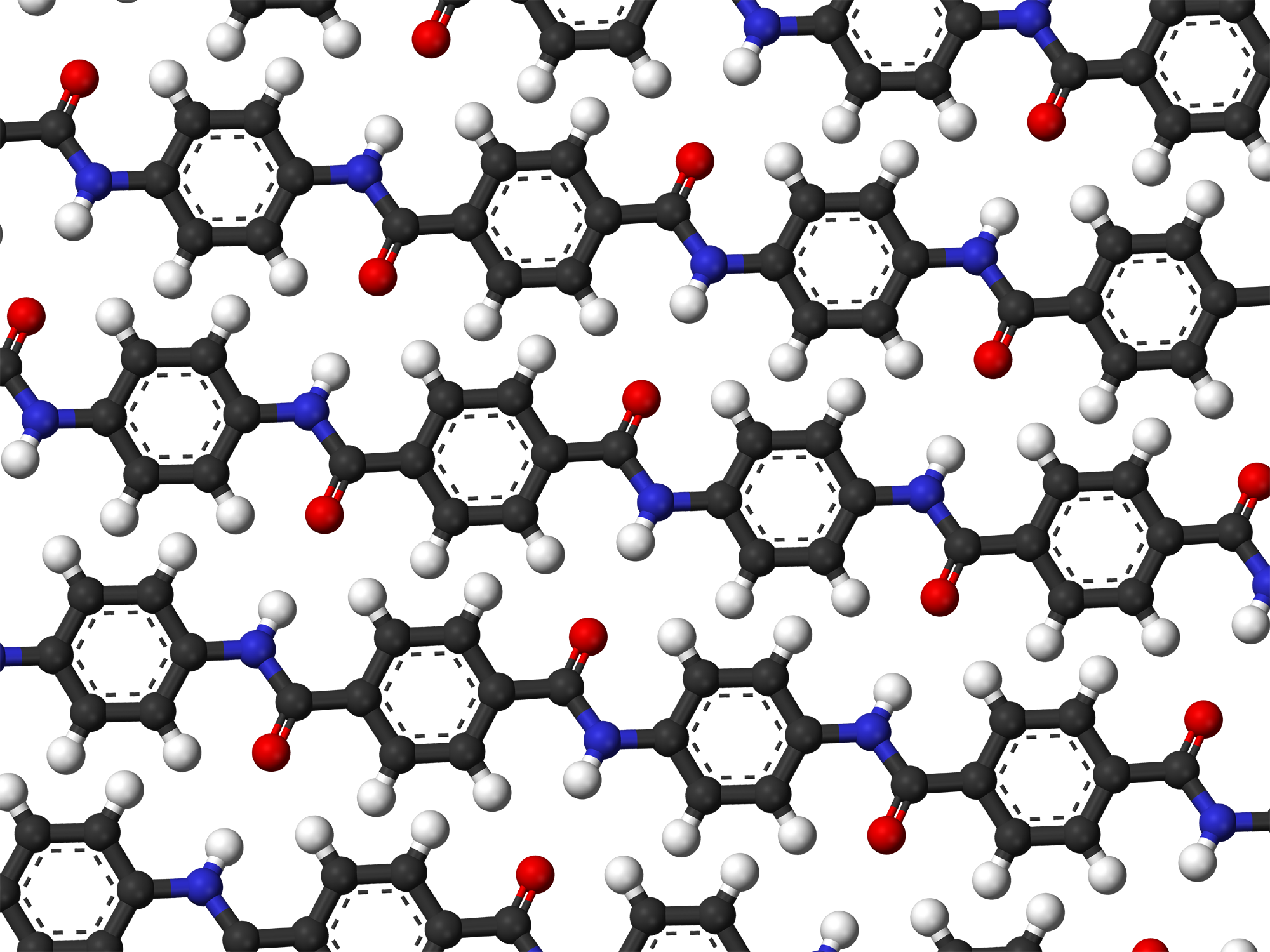 Tuesday, August 23, 2011 at 11:31AM
Tuesday, August 23, 2011 at 11:31AM "Morphine, C17H19NO3, is the most abundant of opium’s 24 alkaloids, accounting for 9 to 14% of opium-extract 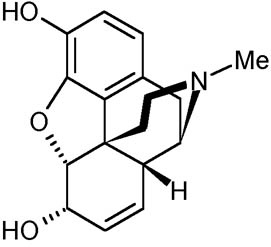 by mass. Named after the Roman god of dreams, Morpheus, who also became the god of slumber, the drug morphine, appropriately enough, numbs pain, alters mood and induces sleep. Less popular and less mentioned effects include nausea, vomiting and decreased gastrointestinal motility. (It’s a great constipator, and in Guerin’s painting, Isis is perhaps bringing Morpheus a laxative.) Morphine and its related synthetic derivatives, known as opioids, are so far unbeatable at dulling chronic or so-called “slow” pain, but unfortunately they are all physically addictive."
by mass. Named after the Roman god of dreams, Morpheus, who also became the god of slumber, the drug morphine, appropriately enough, numbs pain, alters mood and induces sleep. Less popular and less mentioned effects include nausea, vomiting and decreased gastrointestinal motility. (It’s a great constipator, and in Guerin’s painting, Isis is perhaps bringing Morpheus a laxative.) Morphine and its related synthetic derivatives, known as opioids, are so far unbeatable at dulling chronic or so-called “slow” pain, but unfortunately they are all physically addictive."

